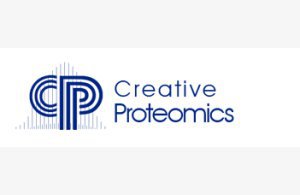服务价格:
服务分类:
所用仪器:
依据标准号:
依据标准号:

A pure protein is one that is free from any quantifiable amounts of impurities. Any purity determination is only as reliable as the analytical methods used, and factors such as the structural properties of the protein itself, the amount of protein available, the nature of potential contaminants in the sample, and the accuracy of the estimate required should always be considered when selecting the method of analysis.
Peptide content is not an indication of peptide purity; these are two measurements. Purity is determined by HPLC and indicates the presence/absence of contaminating peptides with undesired sequences. Net peptide content only gives information on the percent of total peptide versus total non-peptide components independently of the presence of multiple peptides. Net peptide content is accurately found by performing amino acid analysis or UV spectrophotometry. This information is important when calculating concentrations of peptide during sensitive experiments.
In reality, it may only be necessary to ensure the sample is free of contaminating products that may affect the application in question, and thus aspects of the process such as the intended use, the source of the protein, and the purification processes employed should all accordingly dictate the extent of analysis required.
Here, general protocols for the following methods of protein estimation and purity are described: ultraviolet (UV) protein absorption assays, the Bradford and Lowry assays, Macro- and Micro-BCA assays, ELISA, sodium dodecyl sulphate polyacrylamide gel electrophoresis (SDS-PAGE) and associated staining methods, western immuno blotting, and several formats for qIPCR.
Absorbance of protein samples at near-UV light at 280 nm depends largely on the presence of aromatic amino acids, in particular tryptophan and tyrosine. Absorption is affected by pH and ionic strength. In addition, strong interference from nucleic acids is a particular problem at this wavelength.
The Bradford Assay is based on the formation of a complex between Brilliant Blue G-250 and the proteins in a solution. The absorption maximum of the dye shifts from 465 to 595 nm when it complexes with protein and the amount of absorption observed is proportional to the quantity of protein present. This is a simple, rapid, inexpensive assay, which is compatible with reducing agents that are often used for the purposes of stabilizing proteins in solution. The Bradford assay is not suitable, however, if even low concentrations of detergents are present in the sample, and in that case the BCA protein determination procedure is to be recommended.
http://www.creative-proteomics.com/services/purity-analysis-of-peptides-or-proteins.htm
| 合同甲方 | 送样单号 | 合同编号 | 评价 | 评语 | 评价日期 |
免费发布咨询信息!
与实验室管理人员面对面沟通。